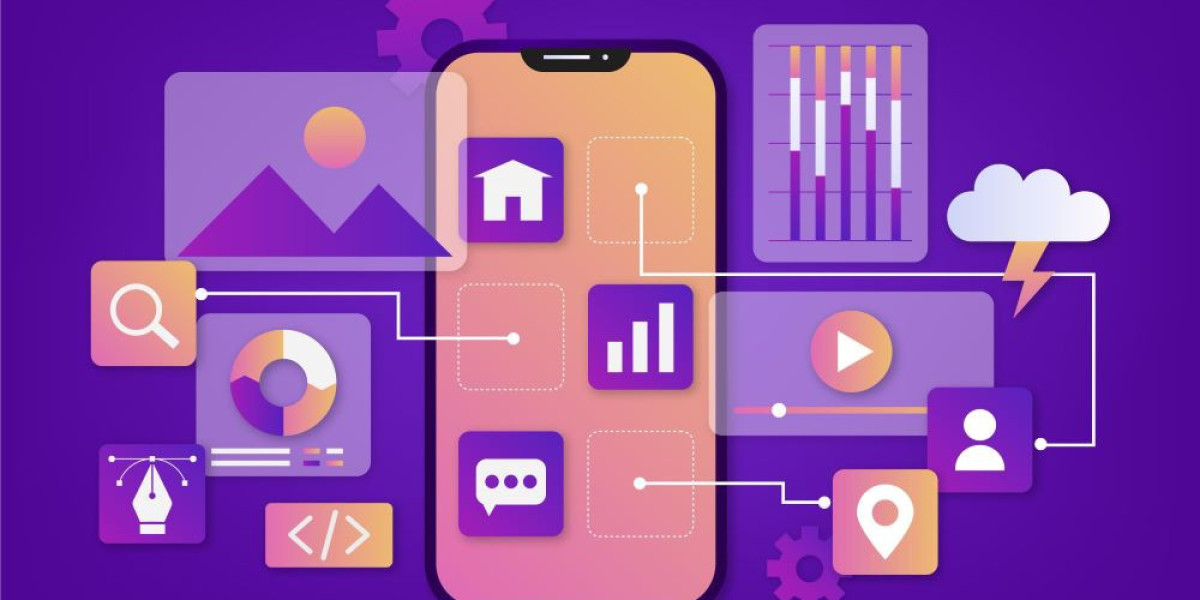Introduction:
In today's digital age, mobile applications have become an integral part of our daily lives, seamlessly integrating into various aspects such as communication, entertainment, productivity, and commerce. Among the myriad of mobile platforms available, iOS stands out for its sleek design, robust security features, and a loyal user base. As businesses strive to leverage the power of iOS, the demand for innovative iOS app development services continues to rise. In this article, we delve into the cutting-edge technologies that are shaping the landscape of iOS app development services, revolutionizing the way apps are built and experienced.
- Swift Programming Language:
At the heart of iOS app development lies Swift, Apple's powerful and intuitive programming language. Since its introduction in 2014, Swift has rapidly gained popularity among developers for its modern syntax, safety features, and performance optimizations. With each iteration, Swift evolves to meet the demands of the ever-changing mobile landscape, enabling developers to write clean, concise, and efficient code. Its interoperability with Objective-C further enhances its appeal, allowing developers to seamlessly integrate legacy codebases into new projects. As iOS app development services continue to evolve, proficiency in Swift remains essential for building high-quality, scalable, and future-proof applications.
- SwiftUI:
Introduced in 2019, SwiftUI represents a paradigm shift in iOS app development, offering a declarative approach to building user interfaces. By leveraging Swift's language features, SwiftUI enables developers to create dynamic and interactive UIs with minimal code. Its reactive design simplifies the process of managing app state and responding to user interactions, resulting in a more intuitive and responsive user experience. With features such as live previews and declarative syntax, SwiftUI accelerates the development cycle, empowering developers to iterate rapidly and experiment with different UI designs. As SwiftUI gains traction within the iOS development community, it promises to redefine the way developers design and build iOS applications, streamlining the development process and unlocking new possibilities for innovation.
- Augmented Reality (AR)Kit:
Augmented reality has emerged as a transformative technology, blurring the lines between the physical and digital worlds. With ARKit, Apple's augmented reality framework, developers can create immersive AR experiences that enhance user engagement and drive business value. From interactive gaming experiences to practical applications in retail, education, and healthcare, ARKit unlocks a myriad of opportunities for iOS app development services. Its advanced features, such as world tracking, scene understanding, and object occlusion, enable developers to create lifelike AR experiences that captivate and delight users. As AR continues to evolve, fueled by advancements in machine learning and computer vision, it holds the potential to revolutionize how we interact with digital content, opening up new avenues for creativity and innovation in iOS app development.
- Machine Learning with Core ML:
Machine learning has become increasingly pervasive in mobile app development, empowering developers to create intelligent and personalized experiences for users. With Core ML, Apple's machine learning framework, developers can easily integrate machine learning models into their iOS applications, enabling tasks such as image recognition, natural language processing, and predictive analytics. Core ML's lightweight footprint and optimized performance make it ideal for deploying machine learning models directly on iOS devices, ensuring fast and responsive user experiences without compromising privacy or security. As the demand for intelligent mobile applications grows, Core ML continues to evolve, with support for new model types, improved performance, and enhanced developer tools, driving innovation in iOS app development services.
- CloudKit and iCloud:
In an increasingly connected world, seamless data synchronization and cloud integration are paramount for delivering a cohesive user experience across multiple devices. With CloudKit and iCloud, Apple provides developers with powerful tools for securely storing, syncing, and accessing app data in the cloud. CloudKit's server-to-server APIs enable developers to build scalable backend services without managing infrastructure, while iCloud offers seamless integration with Apple's ecosystem, enabling features such as iCloud Drive, iCloud Keychain, and iCloud Photos. By leveraging CloudKit and iCloud, iOS app developers can deliver robust, reliable, and synchronized experiences that seamlessly transition between devices, enhancing user productivity and engagement.
Conclusion:
The landscape of iOS app development services is continually evolving, driven by advancements in technology, changing user expectations, and the relentless pursuit of innovation. From the introduction of Swift and SwiftUI to the proliferation of augmented reality and machine learning, developers are leveraging cutting-edge technologies to create immersive, intelligent, and personalized experiences for iOS users. As we look to the future, the possibilities for iOS app development are limitless, fueled by a vibrant ecosystem of tools, frameworks, and platforms. By embracing these cutting-edge technologies and staying abreast of emerging trends, iOS app development services can continue to push the boundaries of what's possible, delivering transformative experiences that enrich the lives of users around the globe.















